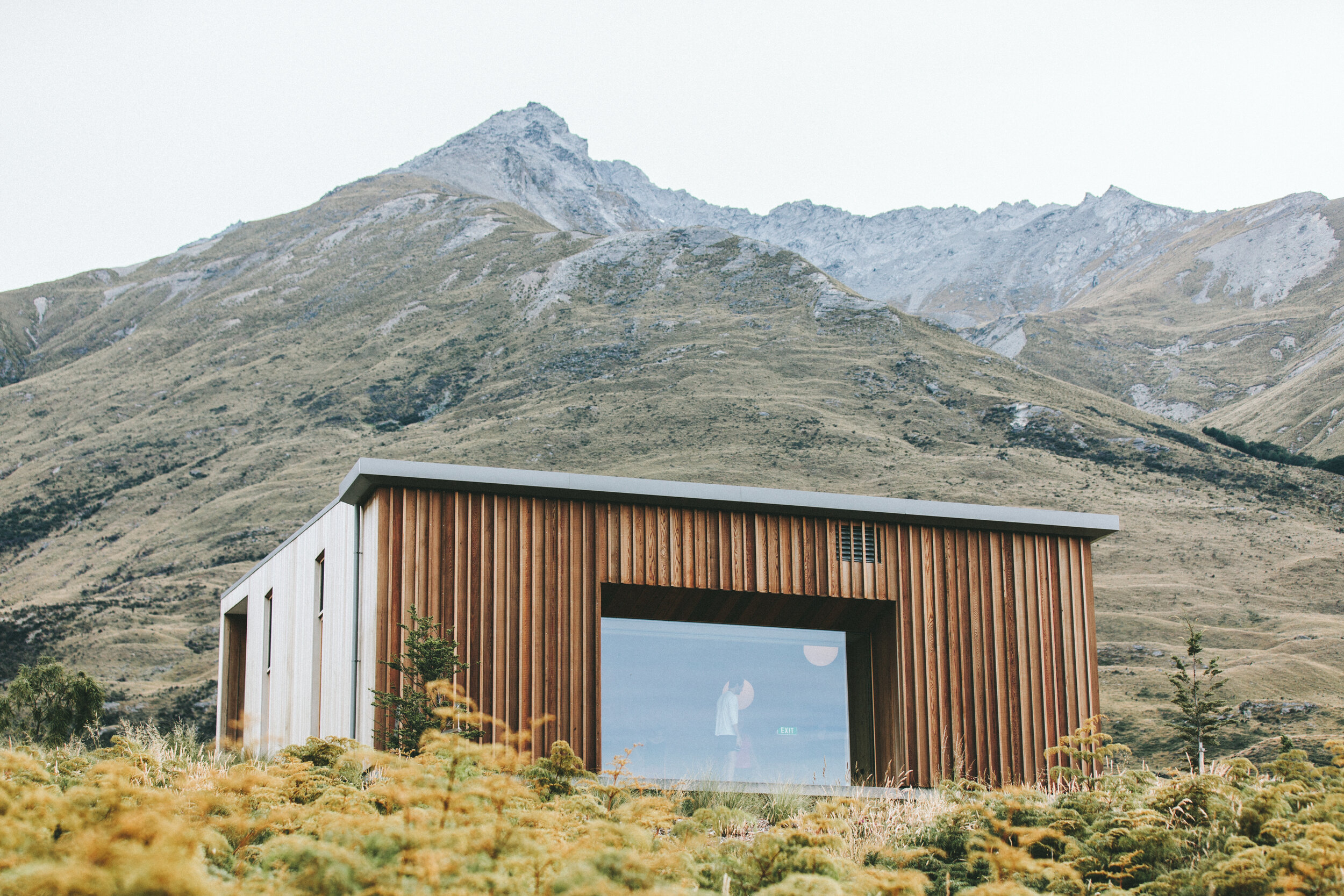
MONTENEGRO
Montenegro
“The Jewel of the Adriatic, Ready for Investment”
Montenegro is a small but dynamic country, strategically located along the Adriatic Sea. Known for its breathtaking landscapes, rich history, and business-friendly environment, Montenegro is becoming a prime destination for foreign investments. With its commitment to EU integration and sustainable development, Montenegro offers unparalleled opportunities for businesses seeking growth in Southeast Europe.
Montenegro
“A Thriving Economy at the Crossroads of Europe and the Mediterranean”
“Where Tradition Meets Modern Business Innovation”
Capital | Podgorica
Official Languages | Montenegrin
Currency | Euro (EUR)
Population | Approximately 620,000
Geographical Area | 13,812 square kilometers
Strategic Location
“Bordered by Croatia, Bosnia and Herzegovina, Serbia, Kosovo, and Albania, with a long Adriatic coastline, Montenegro is a vital gateway between Europe and the Mediterranean.”
Strategic Importance
“Montenegro’s location along the Adriatic Sea, coupled with its strong commitment to EU membership, makes it an attractive hub for trade, tourism, and investment. Its policies promoting economic stability and open markets provide an ideal environment for international businesses.”
Brief History of Montenegro
Montenegro’s history stretches back to the Illyrian tribes and the Roman Empire. It later became a part of the Byzantine Empire and the medieval Serbian state, contributing to the region’s cultural and historical significance.
Ottoman and Modern Era:
“Montenegro retained its independence during the Ottoman period and became a kingdom in the 19th century. After World War I, it joined the Kingdom of Serbs, Croats, and Slovenes, later Yugoslavia. Following the dissolution of Yugoslavia, Montenegro regained its independence in 2006, becoming one of the youngest sovereign nations in Europe.”
Contemporary Development
Today, Montenegro is a stable and reform-driven nation, known for its thriving tourism sector, green energy initiatives, and efforts toward economic diversification and EU integration.”
“Small Country, Big Opportunities”
Economic Indicators
“A Growing Economy Driven by Youth and Innovation”
-
• GDP (Nominal): $6 billion (2024 estimate)
• GDP Growth Rate: 4%-5% annually, with a strong post-pandemic recovery in tourism and construction sectors
• GDP Per Capita: $10,000 (nominal); $20,000 (PPP-adjusted)
-
Stable at ~2%-3%
-
• Tourism and hospitality
• Energy production (hydropower and renewables)
• Real estate and construction
• Agriculture and fisheries
-
• Overall Employment Rate: ~60%
• Youth Employment: Enhanced by skill development programs and international partnerships
Financial Indicators
-
• Currency Stability:
Montenegro uses the Euro, ensuring low exchange rate risks and financial predictability.
-
• Government Debt-to-GDP Ratio:
~70%, managed through fiscal reforms and international support.
-
Montenegro attracts over $1 billion annually, focusing on tourism, real estate, and energy.
-
• Well-regulated and increasingly competitive
• Strong support for SME financing and green investments
-
Remittances from the Montenegrin diaspora contribute significantly to household incomes, supporting local consumption and small businesses.
“Financial Stability Supporting Long-Term Investments”
Trade Indicators
-
• Exports: Serbia, Hungary, Switzerland, Bosnia and Herzegovina, Italy
• Imports: Serbia, China, Germany, Italy, Turkey
-
• Central European Free Trade Agreement (CEFTA)
• Stabilization and Association Agreement (SAA) with the EU
• Free Trade Agreements with Turkey
-
• Aluminum and metal products
• Agricultural goods (wine, olives, and seafood)
• Textiles and footwear
• Machinery and equipment
-
• Base metals and mineral products
• Agricultural goods (fruits and vegetables)
• Textiles and footwear
• Machinery and electronic equipment
-
Remittances from abroad contribute to the economy, supporting families and small businesses in rural and urban areas.
-
• Trade Volume (2023):
• Exports: $750 million
• Imports: $2.8 billion
• Trade Deficit: Addressed through export promotion and strategic investments
“Montenegro: Linking Europe and the Mediterranean”
Business Environment
Why Invest in Montenegro?
Montenegro’s natural beauty, open economy, and strategic location make it a sought-after destination for foreign investments.
Investment Highlights
Reforms in business registration, permitting, and property ownership encourage investments.
Free Economic Zones
Special zones provide tax benefits, customs exemptions, and infrastructure support for export-oriented businesses.
Skilled Workforce
A multilingual and educated workforce with strong skills in tourism, energy, and real estate industries.
Tax Benefits
Corporate tax rate: 9% (one of the lowest in Europe)
Tax exemptions for strategic investments in tourism, energy, and agriculture
Duty-free imports of machinery and equipment for production
“Kosovo: A Modern Investment Destination”
Advantages for Investors
Why Choose Montenegro?
-
Montenegro’s coastline and proximity to the EU offer unparalleled connectivity for trade and tourism.
-
A corporate tax rate of just 9% and other incentives make Montenegro highly competitive for investors.
-
With millions of visitors annually, Montenegro’s tourism industry provides immense opportunities for growth.
-
Abundant natural resources support renewable energy projects, from hydropower to solar energy.
-
High demand for luxury and commercial properties makes Montenegro a hotspot for real estate investments.
-
Montenegro’s commitment to EU membership ensures long-term stability and a predictable investment environment.
Benefits of EU Integration
-
Grants and Supports
EU funding supports infrastructure, education, and environmental initiatives, accelerating Montenegro’s development.

-
Regulatory Alignment
Harmonization with EU standards enhances transparency and stability, ensuring a secure business environment.

-
Market Access
U alignment strengthens Montenegro’s access to European markets, promoting trade and partnerships.

-
Infrastructure Development
EU-driven projects improve connectivity through roads, ports, and energy networks, fostering economic growth.

-
Human Capital Investment:
EU-backed vocational training and education reforms prepare Montenegro’s workforce for modern business demands.

-
Sustainable Development
Environmental protection and renewable energy initiatives align Montenegro with global green growth trends.

“Montenegro: Where Investments Meet Potential”
Why Montenegro is Your Next Business Destination
Montenegro’s breathtaking natural beauty, favorable tax policies, and strategic location create unmatched opportunities for businesses. With its commitment to sustainability, economic growth, and EU membership, Montenegro offers a secure and prosperous environment for investors. Join the success stories shaping Montenegro’s future today.”
“Driving Growth and Stability with the EU”








